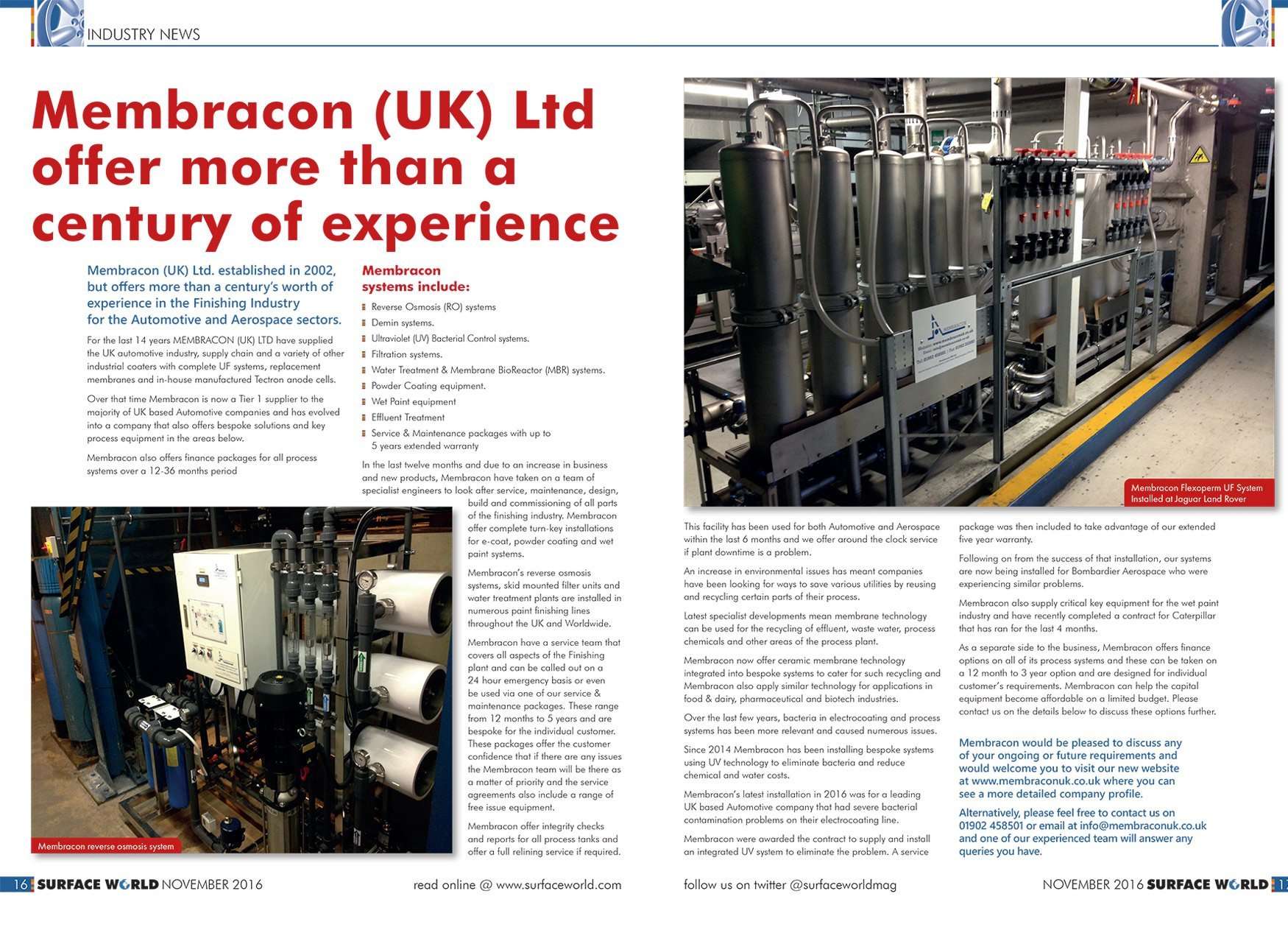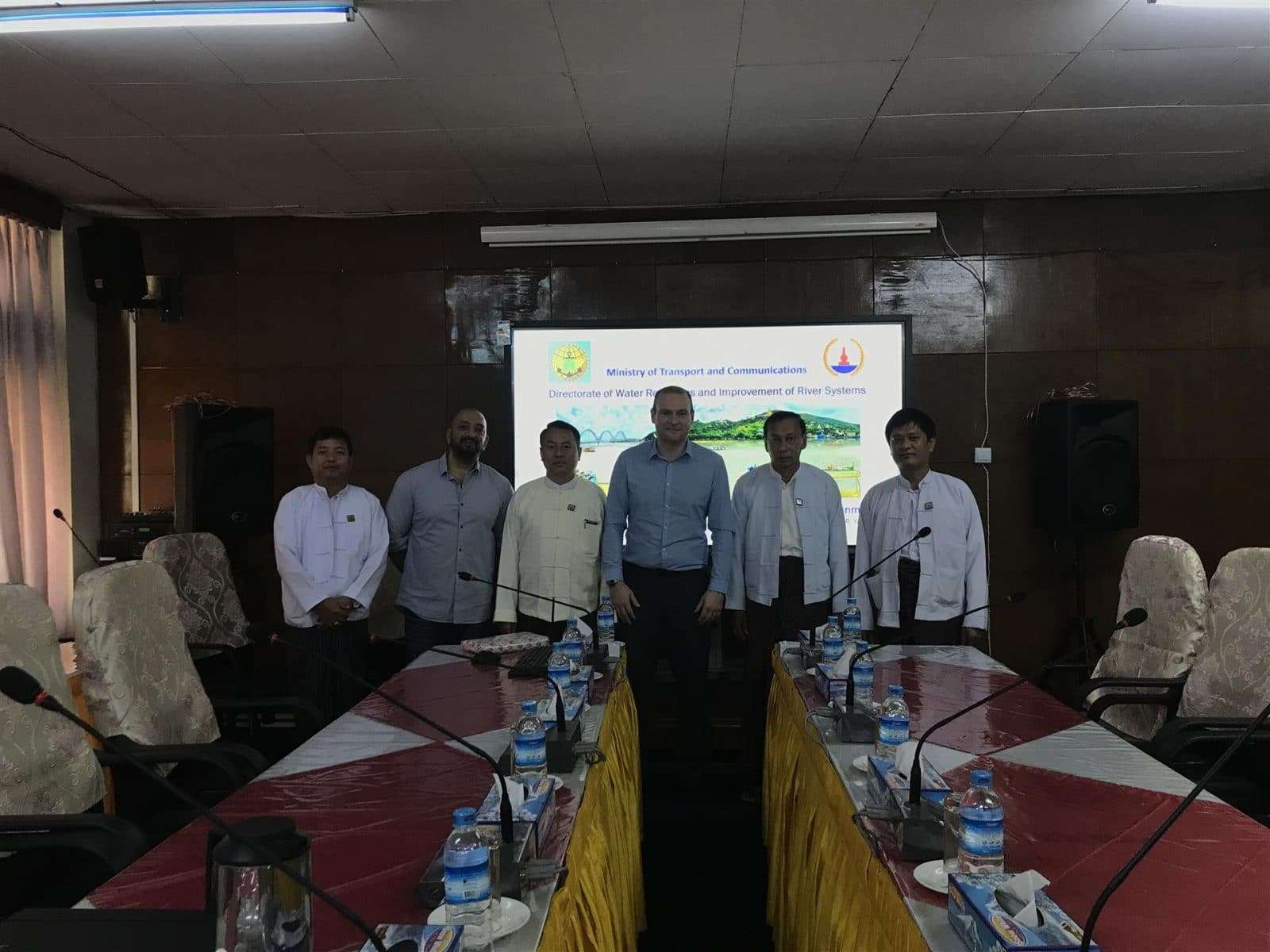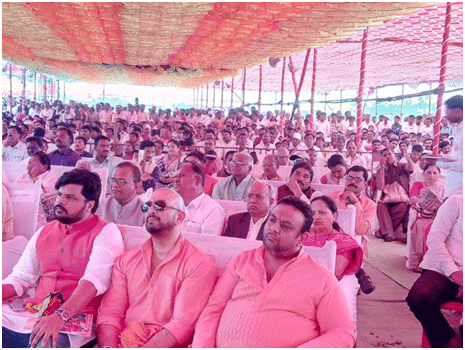1. Assess Overall Water Usage
Start by evaluating your plant’s total water consumption. Analyze every aspect of water use, from production processes to cleaning and flushing procedures. Reviewing water utility bills can provide detailed insights into usage patterns, helping operators set measurable goals and track progress effectively.
2. Conduct Routine Maintenance
Leakages from faulty pipes are a common source of water wastage in industrial facilities. Regular checks of the entire water system are essential to identify issues like inefficient piping, fractured valves, or poorly sealed connections. Implementing a proactive maintenance plan will help address these weaknesses before they lead to significant leaks. Additionally, consult equipment manufacturers to ensure that cleaning agents and other materials are suitable for your processes.
3. Implement Monitoring Devices
Digital monitoring systems can transform how plants manage their water usage. These systems quickly diagnose leaks and other issues, enabling timely interventions. For instance, these systems track water and wastewater treatment in real-time, sending alerts for any problems. This allows operators to act swiftly, and provide remote analysis and water-efficient solutions when necessary.
4. Recycle Wastewater
Many industrial plants can benefit from recycling wastewater. For example, reject water from reverse osmosis (RO) processes, which typically contains high levels of total dissolved solids, can be redirected for further treatment. Feeding this reject stream through a secondary RO unit allows for the recovery of permeate, significantly reducing overall discharge volumes.
5. Leverage Advanced Technologies
At Membracon, we offer various cutting-edge technologies that can enhance existing water systems.
While implementing these strategies may involve some initial investment, the long-term benefits are substantial. As climate change exacerbates water scarcity, these proactive measures will become increasingly essential for sustainable operations. Making these changes now can lead to significant returns on investment and contribute to a more water-efficient future.












